Lost your files? Don't panic! Dig them up with DiskDigger.
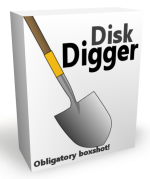
DiskDigger® is a tool that undeletes and recovers lost files from your hard drive, memory cards, USB flash drives — you name it! Whether you accidentally deleted some documents or photos from your computer, reformatted your camera's memory card, or want to see what files are lurking on an old USB drive, DiskDigger is here for you. See the complete list of features to learn more.
DiskDigger has already helped millions of users around the world recover their lost files. What can it help you find today? Download it now and see for yourself!
Works with Windows 11, Windows 10, Windows 8, Windows 7, Windows Vista, and Linux.
News for June 2021
Sun, 06/27/2021 - 23:41 — Dmitry BrantTime for another great update to DiskDigger for Windows, as well as DiskDigger for Android!
Here is what's new in the Windows version:
- Added support for recovering the latest version of Canon Raw images (.CR3).
- Improved support for recovering Adobe Digital Negative (.DNG) images.
- Added support for recovering iCalendar (.ICS) files.
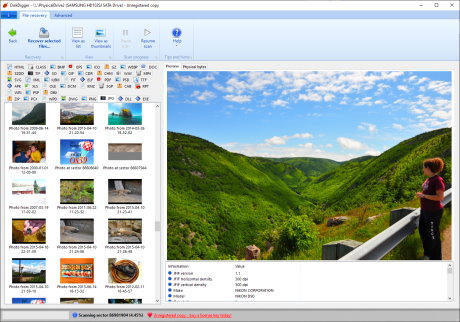
And here are the updates for the Android version:
- Added a new option to filter results based on their location on the device, whether the location is a folder or a large file (such as a thumbnail cache or database) in which the results were found. After the Basic Photo Scan is complete, the "Filter" icon should appear in the toolbar at the top. If you tap this icon you should see a list of possible locations and the number of results found in each location. This should help in searching for a specific recoverable file by allowing you to select a location where the file is more likely to be.
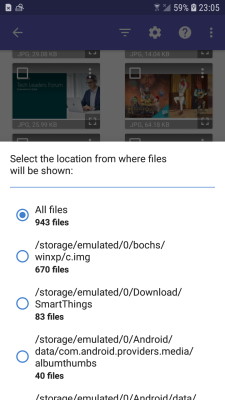
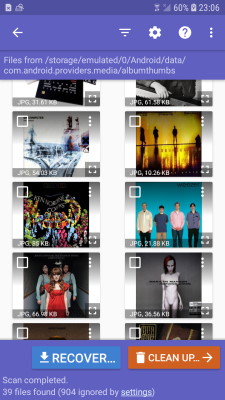
Whether you need your photos, documents, or other data recovered from your Windows PC or your Android device, DiskDigger has you covered!
News for January 2021
Mon, 01/18/2021 - 00:29 — Dmitry Brant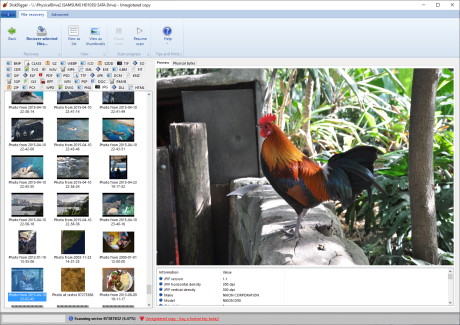 It's time for another important update to DiskDigger for Windows! Here is what's new in the latest version:
It's time for another important update to DiskDigger for Windows! Here is what's new in the latest version:
- Improved accuracy and efficiency of detecting certain raw camera formats, including Nikon (NEF) and Canon (.CR2).
- Revamped and improved recovery of .MP3 audio files. Will now recover a wider range of .MP3 files from different sources and devices.
- Added support for recovering .AAC audio files.
- Added an advanced option to perform a more thorough search for .MP3 or .AAC audio. After selecting "Dig deeper" mode (when selecting the types of files to search for), go to the Advanced tab and select the "Extra deep MP3 search" option. This option is still experimental and is not selected by default, since it can produce false positives.
- Added another advanced option to start the scan from a specific sector on the disk. When selecting the types of files to scan, go to the Advanced tab and enter the custom sector number in the "Starting sector to search from" text box.
Download DiskDigger for Windows now to search any of your hard drives, USB drives, or memory cards for deleted files!
And if you need to recover files from your Android device, try the DiskDigger app from the Google Play Store! Stay tuned for updates to the app, which will make recovering data even simpler and more effective.
News for August 2020
Sun, 08/09/2020 - 22:37 — Dmitry Brant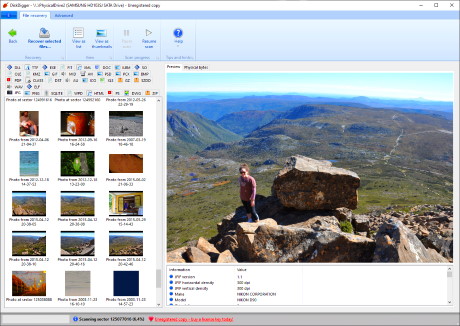 Just a quick but important update to DiskDigger for Windows:
Just a quick but important update to DiskDigger for Windows:
- Improved ability to recover compressed files in NTFS volumes. Compressed recoverable files will be automatically uncompressed when recovered.
- Added support for detecting PostScript (.PS) and Encapsulated PostScript (.EPS) files in Dig Deeper mode.
- Improved detection of old IBM PC-DOS partitions.
- The list of scannable disks now lists the drive letter(s) currently mapped to that disk.
- Improved saving and restoring of sessions, for pausing and resuming long-running scans.
Download DiskDigger now, and recover your data quickly, safely, and effectively.
News for April 2020
Thu, 04/23/2020 - 14:00 — Dmitry Brant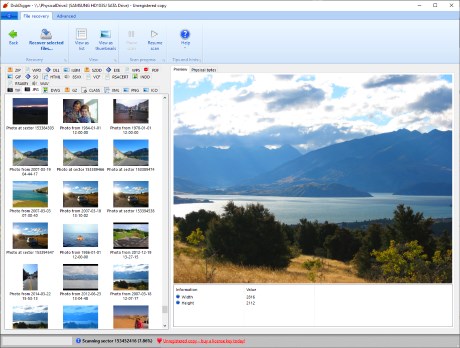
Time for another excellent update to DiskDigger for Windows, as well as DiskDigger for Android! Here is what's new in the Windows version:
- Performance improvements when undeleting files from NTFS filesystems on certain drives.
- Performance improvements when recovering files from HFS+ (Apple) and ext4 (Linux) filesystems.
- Improved support for recovering damaged or corrupted DVD and CD-ROM media.
- Improved detection of VOB video tracks on certain DVD media.
- Added support for recovering and previewing ILBM (Amiga bitmap) images.
- Improved support and detection of USB floppy drives.
- Fixed an issue when reading fragmented files from FAT12 partitions.
Download DiskDigger now to recover your precious data from any kind of media that your PC can read.
And here is what's new in the Android version: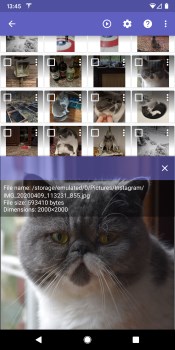
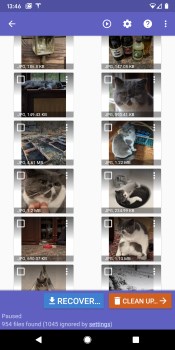
- Improved compatibility with more Android 10 devices.
- Improved compatibility with older (KitKat and earlier) devices.
- Better performance of the Wipe Free Space feature.
Get the Android version of DiskDigger now from the Google Play Store to recover photos and other types of files from the internal memory of your phone or tablet.
News for July 2019
Tue, 07/16/2019 - 21:08 — Dmitry Brant- Improved handling of compressed files in NTFS filesystems. When your disk is formatted with NTFS, individual files can be compressed (using a variation of LZ77) to conserve disk space. When scanning in "Dig Deep" mode, DiskDigger automatically and transparently decompresses these files, so that they can be recovered in their original state.
- Improved handling of system-compressed files in NTFS. Windows 10, as part of its background operation, searches for certain files that are seldom used and automatically compresses them. This is different from the "standard" compression that can be applied to NTFS files. This compression is done by creating an alternate data stream (with a reparse point) called "WofCompressedData" and filling it with the compressed data, which is compressed with the Xpress or LZX algorithms. DiskDigger handles all of these cases, and automatically recovers these types of files in uncompressed form.
- Added support for recovering Quicken data files (.QDF) in "Dig Deeper" mode.
- Improved efficiency of recovering executable (EXE and DLL) files.
- Fixed some possible stability issues when previewing WAV audio files.
In other news, DiskDigger for Android also received an update, with improvements to its "Wipe free space" function, which is now faster and more effective than before.
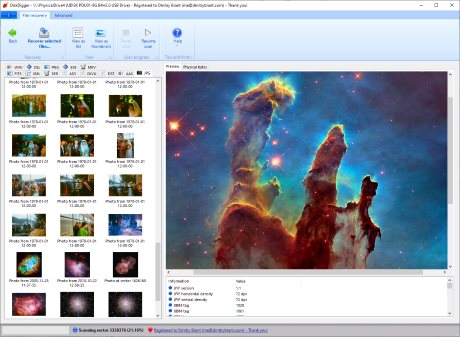

Download DiskDigger for Windows to recover deleted files from any media readable by your PC! And for recovering data from your Android device, find the DiskDigger app on the Google Play Store!
News for June 2019
Wed, 06/19/2019 - 23:47 — Dmitry BrantThis month brings several exciting new features and enhancements to DiskDigger for Windows:
- Support for recovering FITS images (Flexible Image Transport System) in "Dig Deeper" mode. FITS is the image format used in astronomy, and is endorsed by NASA and the International Astronomical Union. This type of file can contain many different types of data besides actual images, and DiskDigger can now recover all of them.
- Support for recovering SER videos, which is a video format used in astronomical imaging.
- Support for recovering AAX (Audible Enhanced Audio) files, which is the DRM-protected audio format used by Audible.
- Support for recovering DjVu (.DJVU) documents.
- Improved detection of corrupted partitions on a GUID partition table (GPT).
And of course there are a few minor enhancements to DiskDigger for Android, which include optimized performance on older devices, as well as improvements to Clean Up mode.
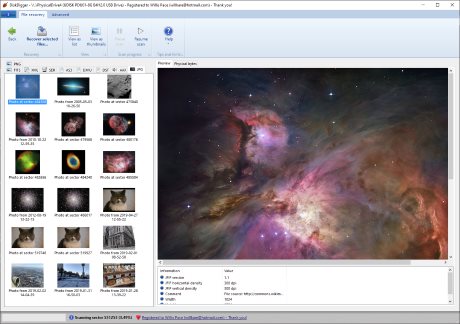
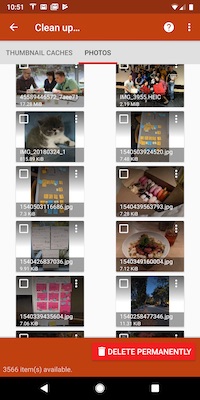
Download DiskDigger today to recover your lost files from any media that your computer can read! Or if you need to recover data from your Android device, find the DiskDigger app on the Google Play Store!
News for March 2019
Sat, 03/09/2019 - 15:02 — Dmitry Brant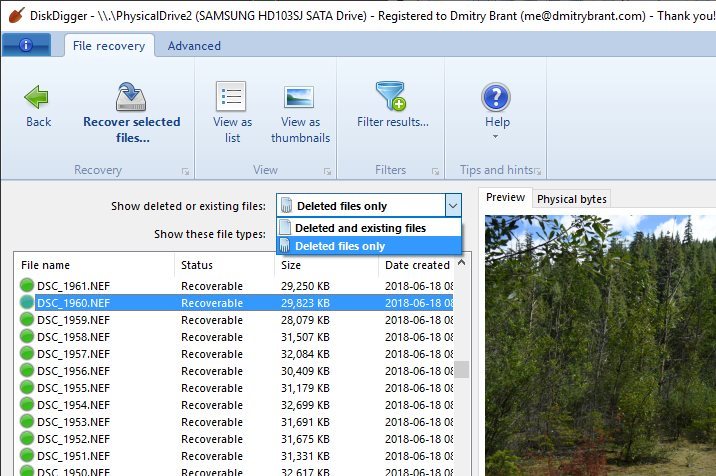
- "Dig Deep" mode has been enhanced with an option to show either "Deleted files only" (which was the previous default behavior) or "Deleted and existing files." This is useful when the disk is improperly formatted or partitioned (or if the partition area is damaged), but the file system itself is still healthy. When you insert the disk and Windows shows an error such as "You need to format the disk before you can use it," it’s an indication of this kind of issue. DiskDigger will now let you recover all the files from such a disk, whether or not they were actually deleted within the file system.
- In "Dig Deep" mode, there is now improved support for scanning certain file systems that are not native to Windows, including HFS+ (used in macOS disks) and ext4 (used in Linux).
- Enhanced support for scanning optical disks (CDs and DVDs) and the file systems that they contain, including ISO 9660 and UDF. There is also improved support for scanning damaged or improperly-burned disks: When selecting the drive to scan, you can go to the Advanced tab and check the "Detect disk size manually" box, which will make DiskDigger ignore the size of the disk as reported by the driver, and instead read the disk explicitly until it can no longer be read.
And here is what’s new in the Android version of DiskDigger:
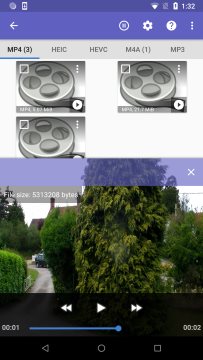
- Support for recovering Opus audio files (when scanning rooted devices). The Opus format is used by WhatsApp for saving audio messages, which means that you can now recover WhatsApp voice notes. This format is also often used for ringtones and by other media recording apps.
- At last, you can now preview recoverable video and audio files, in place, without having to recover them first! (Previously only photos could be previewed.) Tap the "play" icon next to each recoverable file to show the preview dialog, then use the playback controls to play, pause, rewind, etc. (Note that this feature is only available on Android Marshmallow (6.0) and above.)
So what are you waiting for? Download DiskDigger for Windows for all your recovery needs on your PC, or find the DiskDigger app on the Google Play Store to recover files from your Android device.
News for December 2018
Sat, 12/15/2018 - 23:55 — Dmitry BrantThis month's update to DiskDigger for Windows is all about performance, stability, and reliability. When it comes to recovering your data, DiskDigger is more dependable than ever, thanks to these improvements:
- Better fault tolerance against drives that have errors, e.g. bad sectors, controller malfunctions, etc. The program will respond to a wider range of errors, and will allow you to continue past the error, or stop and recover any files that it has found so far.
- Steamlined disk access and caching, which allows for optimized performance when scanning and recovering files.
- Improved efficiency when recovering certain types of files, including .JPG, .DOC, and .ZIP.
In other news, DiskDigger for Android has improved as well, with the ability to enter Cleanup mode at any time during the scan, by first pressing the Pause button. Enjoy!
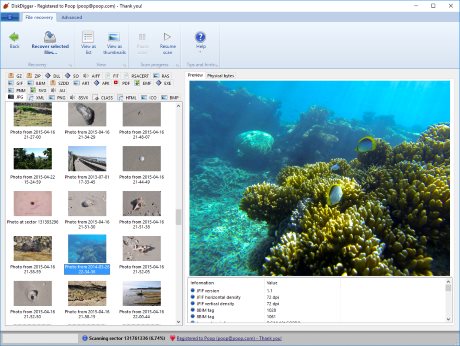

More news for November 2018
Sat, 11/17/2018 - 20:28 — Dmitry Brant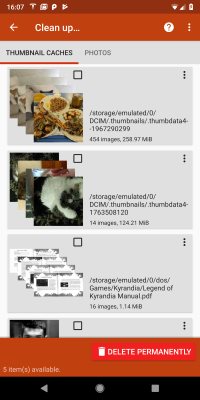
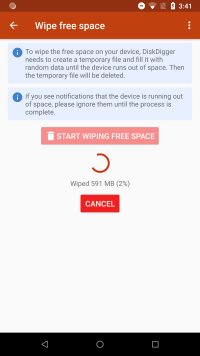 Following up on the new "Clean up" feature introduced earlier to DiskDigger for Android, I'm happy to introduce another brand new feature that adds a related capability: wiping free space. This is useful for ensuring that your deleted files (which are now considered free space in your device's memory) will no longer be recoverable, even with tools like DiskDigger.
Following up on the new "Clean up" feature introduced earlier to DiskDigger for Android, I'm happy to introduce another brand new feature that adds a related capability: wiping free space. This is useful for ensuring that your deleted files (which are now considered free space in your device's memory) will no longer be recoverable, even with tools like DiskDigger.
The new "Wipe free space" feature can be accessed directly from the main screen of the DiskDigger app (underneath the selections of Basic Scan and Full Scan). It can also be accessed while performing a Full Scan by tapping the "Clean up" button.
Like the "Clean up" feature, the "Wipe free space" feature is still a bit experimental, so you should be aware of some of its caveats and limitations:
- Wiping of free space is done by creating a temporary file and filling it with random data, until it consumes the entire amount of free space on your device. When the temporary file begins to reach the limit of free space, the Android system will usually display a notification that your available space is running out. You should ignore this notification until the wipe process is complete. When it finishes, it will delete the temporary file and free up the remaining space again.
- It is possible that the Android system will stop DiskDigger from being able to write to the temporary file before the memory is completely full. This means that there is a possibility that not all of the free space will be wiped, and some deleted data might still be recoverable. You can always re-run DiskDigger and scan your device's memory to ensure whether the wipe was successful.
- The wiping is done only on the internal memory of the device. The ability to wipe an external SD card will be added in a future version.
- It's important to note that because the wiping is done by overwriting all the free space, it means that the process inflicts a significant amount of wear on the device's memory. This can potentially shorten the life span of the memory, and should be performed sparingly, and only when necessary.
These clean-up features are currently available only in the Android version of DiskDigger, but are currently in development for the Windows version, too. As always, for all your data recovery needs, download DiskDigger for Windows, or DiskDigger for Android!
News for November 2018
Fri, 11/16/2018 - 13:06 — Dmitry Brant Time for another great update to DiskDigger for Android! Over the last few months, more and more users have requested the ability to delete the photos and other files that are found by DiskDigger, so that they can no longer be recovered by anyone else. This update makes a significant step in that direction:
Time for another great update to DiskDigger for Android! Over the last few months, more and more users have requested the ability to delete the photos and other files that are found by DiskDigger, so that they can no longer be recovered by anyone else. This update makes a significant step in that direction:
After completing the scan of your device, the app now offers you the ability to enter Cleanup Mode, accessible by tapping the "Clean up" button, where you can select the items you'd like to delete, and remove them permanently.
This feature is still very new and a bit experimental, so there are a few points to keep in mind when using it:
- Cleanup Mode is currently available only in the Basic Scan. Making it available in the Full (rooted) scan is quite a bit more complex, and will be available in a future version.
- The Cleanup screen is divided into two tabs: "Thumbnail caches" and "Photos." This is because a thumbnail cache (a file that contains multiple thumbnails) must be deleted as a whole, which would delete all the thumbnails contained in it. Therefore the app allows you to examine these thumbnail caches, as well as individual photos, and select which ones you want to delete.
- Since the deletion is done at the filesystem level, the contents of the deleted files are not physically wiped from the device's memory, and may still be recoverable if the device is rooted. In fact, even physical wiping of the files' contents is unreliable with flash memory, which employs wear-leveling that might redirect the overwritten data to a different physical location.
In the near future, look for further enhancements and updates to the Cleanup feature. And as always, DiskDigger for Android and DiskDigger for Windows are still the best choice for your data recovery needs.
